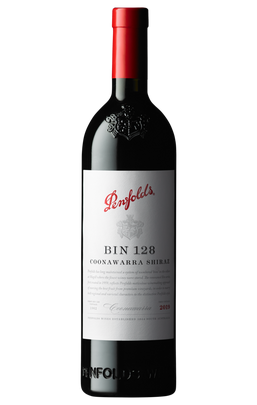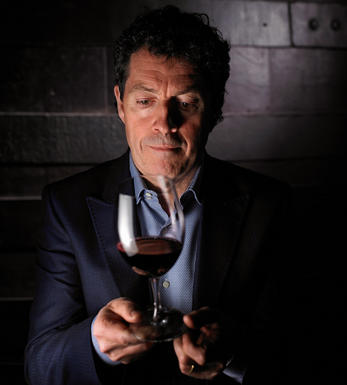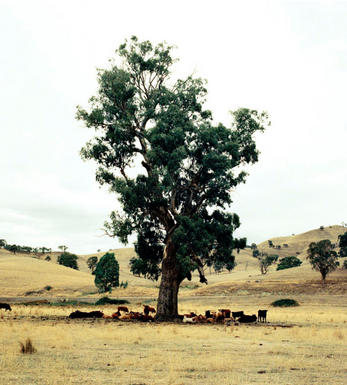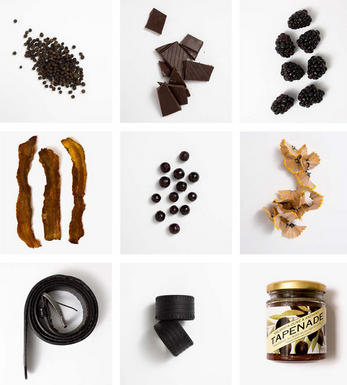
2020 Penfolds, Bin 128 Coonawarra Shiraz, Australia

Critics reviews
This fruit for the 2020 Bin 128 Coonawarra Shiraz is from Coonawarra as usual, matured for 12 months in French hogsheads (20% new). The nose is aromatically layered with blood plum, raspberry, red liquorice and blueberries and loaded with exotic spice and pink peppercorns. This is a gorgeous wine—totally supple and blue fruited, but all in balance with savory tannin. Elegance 101. For now, it is still frisky and energetic —give it a year to let it settle down.
Drink 2023 - 2032
Erin Larkin, Wine Advocate (Jul 2022)
This wine continues its ascent of quality and this 2020 vintage has appealing confidence in terms of fruit, showing concentration, depth, ripeness and presence. Aromas of red plum, mulberry and blackberry flow faithfully through to the palate. Supple, pliable tannins and an impressively elegant shape runs deep into the finish. A great Bin 128! Drink over the next decade or more.
James Suckling, jamessuckling.com (Jun 2022)
Deep, bright and youthful red-purple colour with a floral, lifted perfume that could suggest some whole-bunch ferment. Sweet berries, very charming and inviting. Medium-bodied but with serious tannins. Nice wine, but needs protein at this stage of its life.
Huon Hooke, The Real Review (Jun 2022)
About this WINE

Penfolds
Penfolds enjoys an iconic status that few New World producers have achieved. Established in 1844 at the Magill Estate near Adelaide, it laid the foundation for fine wine production in Australia.
The winemaking team is led by the masterful Peter Gago; it has the herculean task of blending the best wines from a multitude of different plots, vineyards and regions to create a consistent and outstanding range of wines. Its flagship wine, Grange, is firmly established as one of the finest red wines in the world.
Under Gago’s stewardship, the Penfolds range has evolved over time. Winemaking has moved away from New World heat and the sort of larger-than-life style that can mask individuality; the contemporary wines instead favour fine balance and typicity for the region or grape.

South Australia
At 72,000 hectares, South Australia is the engine room of the country's wine industry, responsible for 43 percent of its vineyards and encompassing some of Australia’s most famous fine wine regions.
One of the most important areas in qualitative terms is the Barossa Valley, beginning 50km north-east of Adelaide, and famous for its full-bodied Shiraz, as well as for its Grenache and Mourvèdre. To the east, the cool Eden Valley is home to some really fine Riesling and top-class Shiraz, such as that made by Henschke. To the north of Barossa is the Clare Valley, also a source of good Riesling but home to well-structured reds as well.
South-east of Adelaide lies the delightful vineyard area of the Adelaide Hills, where fine Sauvignon, Chardonnay, Riesling and Pinot Noir are produced by wineries such as Petaluma and Llangibby Estate. Langhorne Creek to the east of Adelaide has earned a reputation for its Cabernet Sauvignon, Verdelho and Shiraz while, between Adelaide and the sea, McLaren Vale is a noted area for red wines.
The unique vineyard region of Coonawarra lies 400km south-east in an area of pure limestone topped by a loose, red topsoil. Cool enough to resemble Bordeaux, this area produces great Cabernets and Merlots and is much in demand. Slightly to the north and to the west lie the regions of Padthaway and Mount Benson respectively, which enjoy similar success as sources of great white wines, especially Chardonnay. Wrattonbully however is known for its fresh, varietally-pure Cabernet Sauvignon and Merlot.
However it’s the less-distinguished Riverland region that accounts for 50 percent of the state’s wine production.

Syrah/Shiraz
A noble black grape variety grown particularly in the Northern Rhône where it produces the great red wines of Hermitage, Cote Rôtie and Cornas, and in Australia where it produces wines of startling depth and intensity. Reasonably low yields are a crucial factor for quality as is picking at optimum ripeness. Its heartland, Hermitage and Côte Rôtie, consists of 270 hectares of steeply terraced vineyards producing wines that brim with pepper, spices, tar and black treacle when young. After 5-10 years they become smooth and velvety with pronounced fruit characteristics of damsons, raspberries, blackcurrants and loganberries.
It is now grown extensively in the Southern Rhône where it is blended with Grenache and Mourvèdre to produce the great red wines of Châteauneuf du Pape and Gigondas amongst others. Its spiritual home in Australia is the Barossa Valley, where there are plantings dating as far back as 1860. Australian Shiraz tends to be sweeter than its Northern Rhône counterpart and the best examples are redolent of new leather, dark chocolate, liquorice, and prunes and display a blackcurrant lusciousness.
South African producers such as Eben Sadie are now producing world- class Shiraz wines that represent astonishing value for money.


Buying options
Add to wishlist
Description
100% Coonawarra Shiraz, aged for 12 months in French oak hogsheads (20% new).
Deep concentrated ripe nose of blackcurrants, red plums, a herbal note of rosemary and a hint of menthol. On the palate there’s redcurrants, spice, and blueberries. There’s an earthy quality to this wine. It has great balance and structure. The tannins are very fine and ripe. A long lingering finish. Very elegant and drinkable already!
Drink 2023 - 2030
Tara Field, Account Manager, Berry Bros. & Rudd
wine at a glance
Delivery and quality guarantee